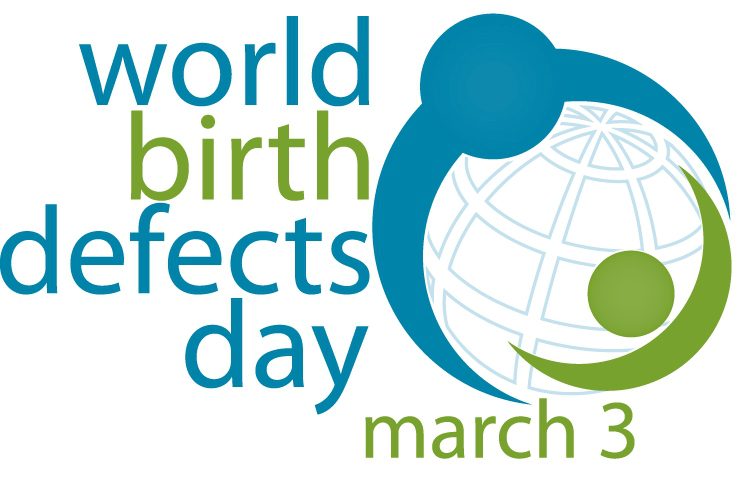Health Promotion and Advocacy Working Group
Updated 28 September
In celebration of the 2013 Newborn Screening Week, VYLH-Philippines will be posting interesting facts and trivias about Newborn Screening in our Official Facebook Account. These updates will also be compiled in this blog post.
 |
| Photo credits: Baby's First Test |
2013 marks 50 years of saving lives through newborn screening. (Posted 28 September 2013)
In 1963, Dr. Guthrie’s method of testing was finally published in the journal Pediatrics. The Guthrie test is a microbiological assay for the presence of phenylalanine, phenylpyruvate, and phenyllactate in blood or urine. In the same year, the field trial was completed and this pushed the USA Children's Bureau to adopt the slogan, "Test Every Newborn For PKU."
This discovery marked the beginning of NBS - a simple test that has changed and saved lives.
Did you know that...
Newborn bloodspot screening (NBS) was only introduced in the Philippines in 1996?

The current newborn screening coverage shows that we are only halfway in reaching 100% coverage.
It's never to late to pick NBS as your advocacy. #NBSsaves
Figure obtained from Newborn Screening (Jan-Feb 2013 Issue), the Official Newsletter of the Newborn Screening Reference Center (NSRC). Log in to newbornscreening.ph to get your free copy!
NBS Q&A Posts:
Newborn
screening is a procedure to find out if your baby has a disorder that may lead
to mental retardation if left untreated. #NBSsaves
Newborn
screening is important because early detection of metabolic disorders help
prevent irreversible ill effects. #NBSsaves
Newborn
Screening Option1 costs P550.The cost of NBS is presently included in the
newborn care package for members of PhilHealth. #NBSsaves
NBS trivia: To
save more babies, newborn screening has expanded from six to twenty-eight
disorders starting January 2014. #NBSsaves
NBS is
available in participating health institutions (hospitals, lying-ins, Rural
Health Units and Health Centers). #NBSsaves
NBS results are
available within 7-14 working days after the newborn screening samples are
received in the NBS laboratory. #NBSsaves
A negative
screen means that the result of the test indicates extremely low risk of having
any of the disorders being screened. #NBSsaves
NBS Trivia: A
positive screen means that the baby is at increased risk of having one of the
disorders being screened. #NBSsaves
Babies with
positive results should be referred at once to the nearest hospital for
confirmatory testing and further management. #NBSsaves
Expanded
newborn screening is optional and will be offered by participating facilities
for P1,500. It covers 28 disorders. #NBSsaves
NBS trivia: To
save more babies, newborn screening has expanded from six to twenty-eight
disorders starting January 2014. #NBSsaves
Newborn
Screening Option1 consists of 6 disorders: CH, CAH, GAL, PKU, G6PD, and MSUD.
It costs P550 which is covered by PhilHealth.#NBSsaves
Expanded NBS
includes hemoglobinopathies&addl metabolic disorders: organic acid,fatty
acid oxidation,and amino acid disorders. #NBSsaves












